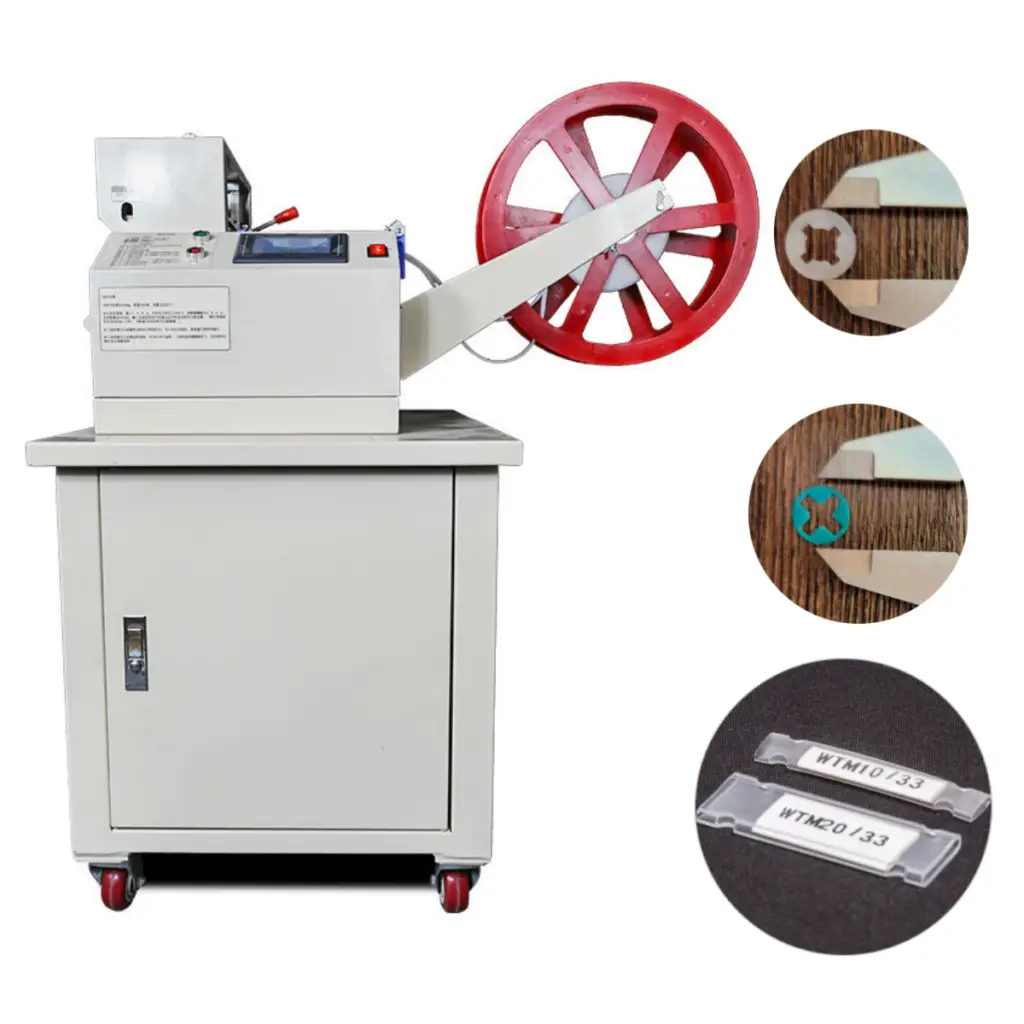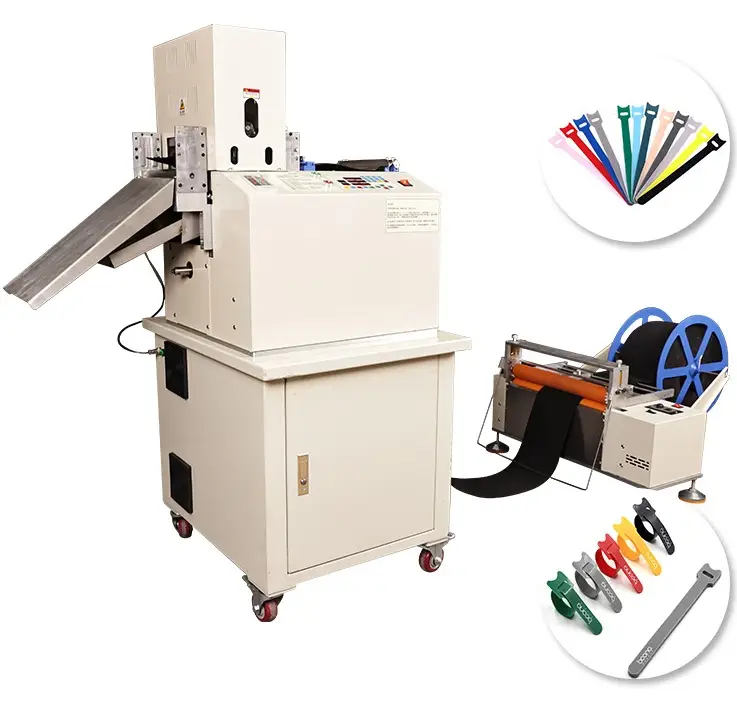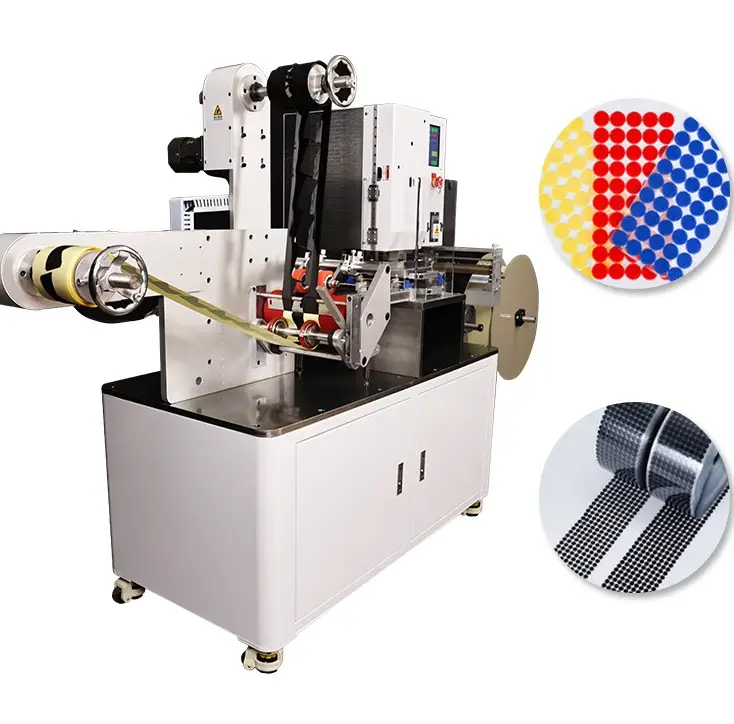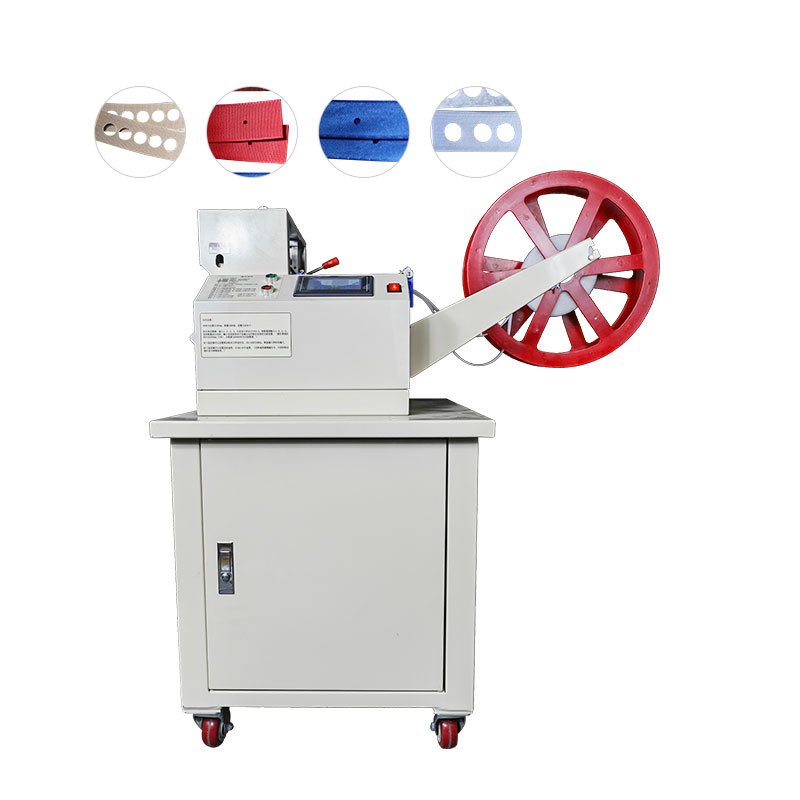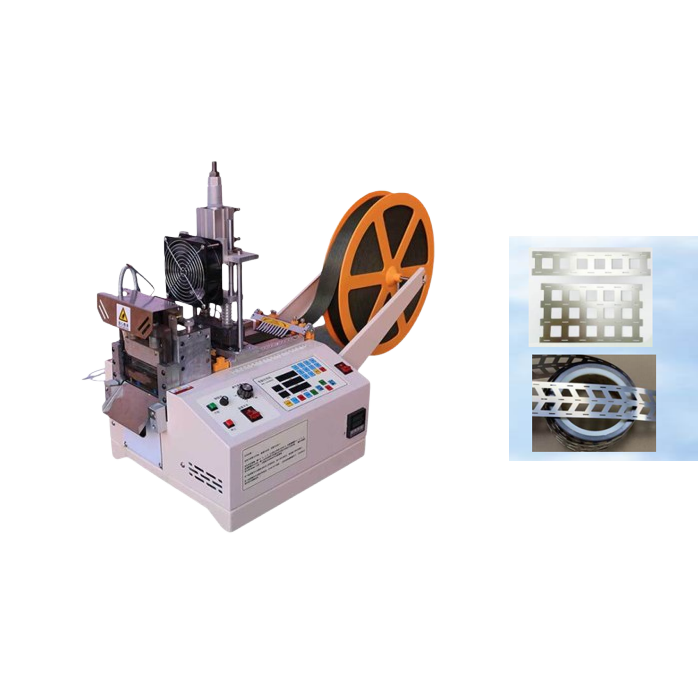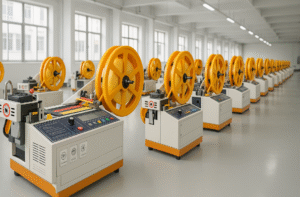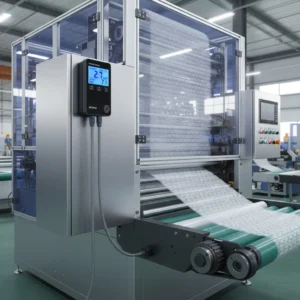Why is roll-to-sheet cutting the future in flexible packaging lines?

Flexible packaging lines suffer from jammed web tension, imprecise cuts, and inconsistent panel lengths—especially when scaling high-speed runs.
Roll-to-sheet cutting1 ensures higher throughput, cleaner edges, and format flexibility2, making it the go-to solution for modern flexible packaging3 production.
1: Roll-to-sheet cutting1 is revolutionizing flexible packaging by boosting efficiency and reducing material waste.
2: It enables precise sheet conversion from bulk rolls, ideal for high-volume, customized packaging.
3: The technology supports personalization, meeting rising consumer demand for tailored solutions.
4: Seamless integration into automated lines enhances production speed and consistency.
5: As the industry shifts toward sustainability and flexibility, roll-to-sheet systems are becoming essential for modern packaging operations.
I’ve worked with packaging producers in both food and pharmaceutical sectors, and one trend is crystal clear—sheet conversion is replacing continuous rolls. Clients who adopt roll-to-sheet cutting increase their packaging line uptime and reduce scrap waste significantly.
Why is roll-to-sheet cutting the future in flexible packaging lines?
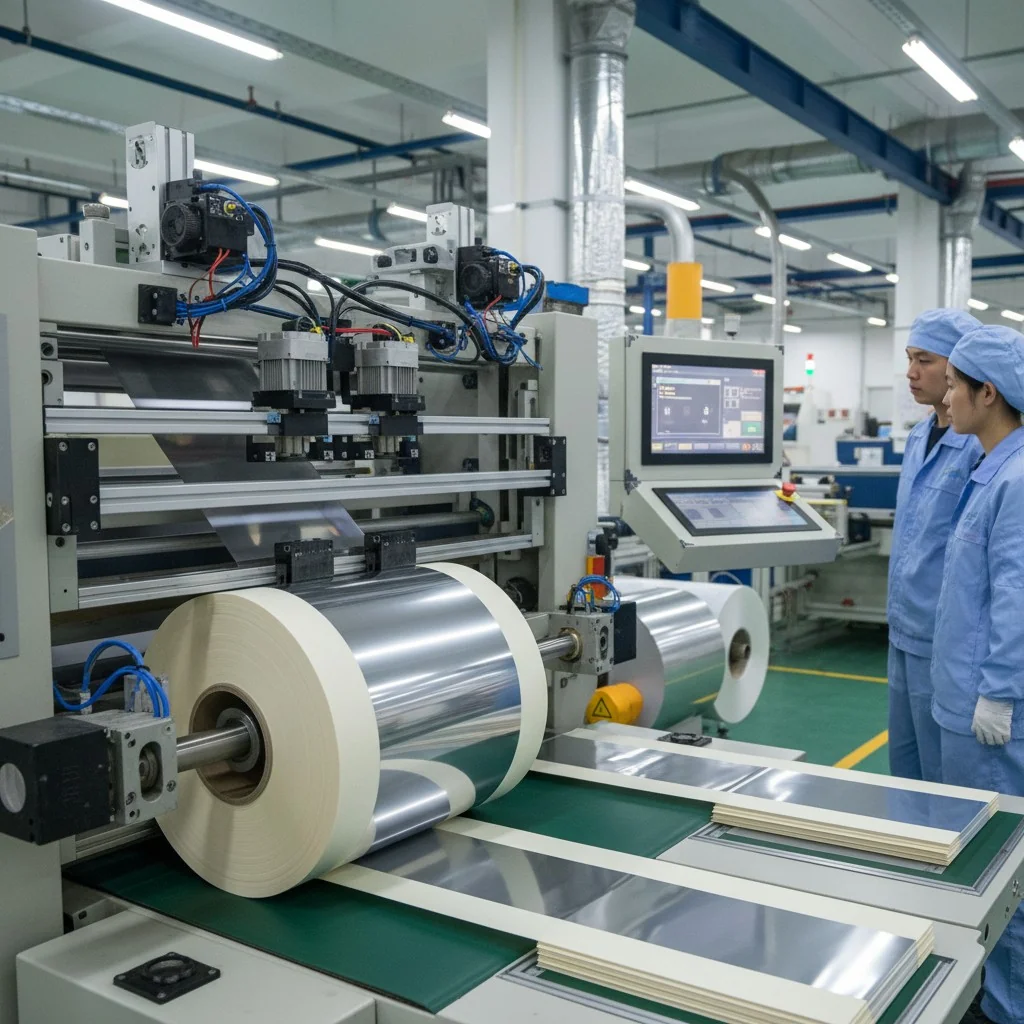
In high-speed lines, continuous rolls are hard to manage—they stretch, misalign, and make reprinting difficult after cutting.
Roll-to-sheet cutting1 solves these problems by converting flexible film or laminated rolls into pre-sized, clean-edged sheets optimized for high-efficiency packaging workflows.
Flexible packaging uses materials like BOPP, PET, PE, foil, paper laminates, and more. Cutting these from rolls on the fly used to require slitting and rewinding—which adds time, error, and labor cost.
Our Suzhou Haoxinhe Electrical Equipment Co., Ltd. roll-to-sheet solutions simplify this with webbing tape cutting machines4, hot and cold cutting machines, and rotary bevel cutting machines, all designed for high-speed infeed, synchronized tension, and accurate sheet output.
What Makes Roll-to-Sheet Cutting Ideal?
| Problem in Roll-Based Lines | Solved with Roll-to-Sheet Conversion |
|---|---|
| Poor cut alignment at high speed | Vision-guided edge tracking |
| Difficult changeovers between SKUs | Quick length/width programming |
| Material waste during rewinding | Direct-to-sheet format avoids trim loss |
| Secondary processes required | Inline cut-to-length with stacking |
By using our protective foam cutting machine or PVC edge banding cutting machine, clients can stack custom-length flexible sheets directly into form-fill-seal or pouch-forming machines—no more roll rewinding.
Applications in Modern Packaging
- Sachet packaging (pharma or cosmetics)
- Snack pouches and zipper-top films
- Blister backing sheets (PVC/foil)
- Coffee bag liners and barrier films
One of our European customers switched from traditional slitter-rewinders to our round shape cutting machine, and saw a 35% increase in line throughput.
How to integrate vision systems for cut accuracy on roll-fed lines?
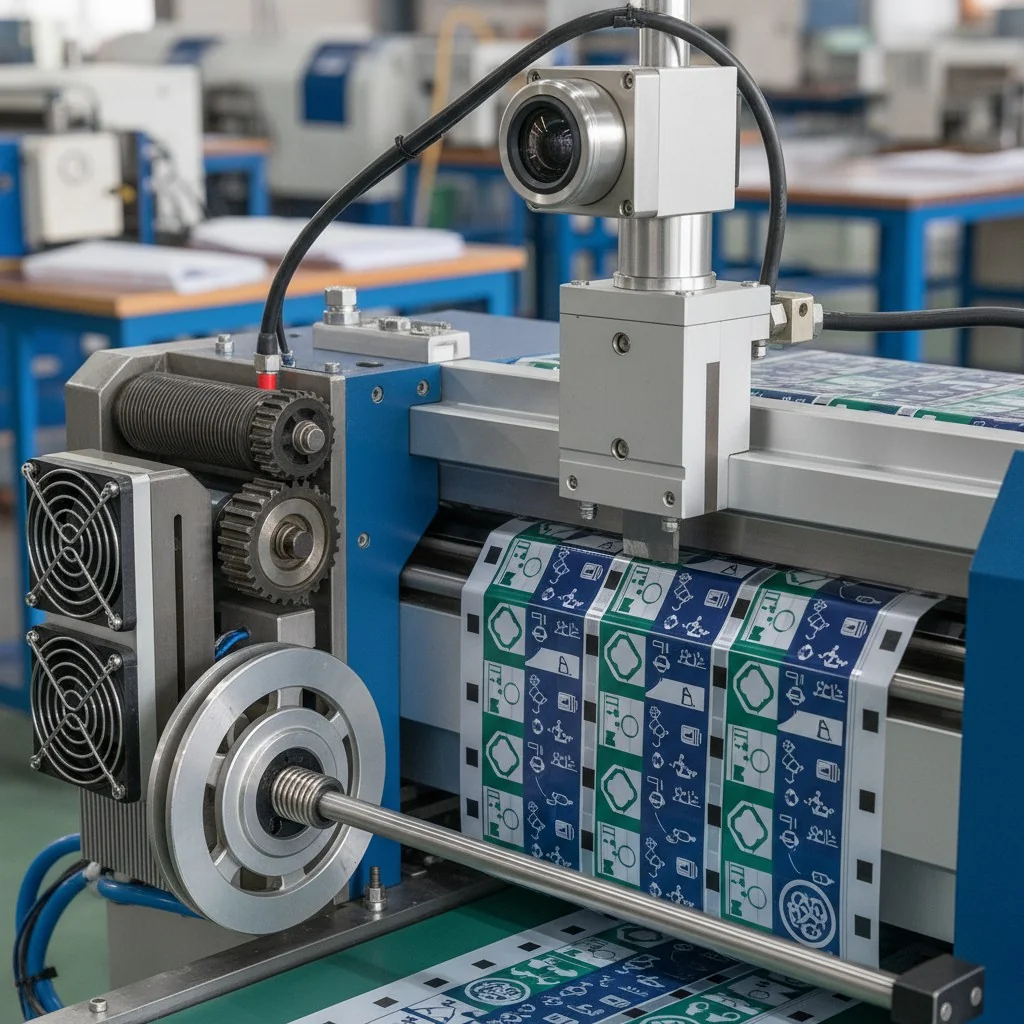
Cut marks printed on packaging film often drift due to tension variation and stretch—cutting by length alone leads to serious registration errors.
Integrating vision systems ensures each cut aligns with registration marks, logos, or printed guides—critical for brand accuracy and sealing consistency.
Vision systems use cameras or sensors to detect visual cues—like black marks, printed logos, or alignment bars—then signal the cutter to activate at exactly the right moment.
At Suzhou Haoxinhe, we integrate photoelectric sensors and industrial cameras into roll-fed lines across machines like our automatic punching cutting machine and computer tube cutting machine. These vision modules ensure:
- Exact cut location even if the material stretches
- Consistent panel sizes despite web slippage
- Elimination of cumulative offset over long rolls
Core Components for Vision-Integrated Cutting
1. Camera or Optical Sensor
Mounted just before the cutter, this detects pre-printed cues. It works even at high speeds (up to 300 cuts/min).
2. Signal Converter (Encoder)
Connects sensor input to the servo motor, translating visual data into blade movement.
3. Servo-Controlled Cutter
Only activates when the vision system confirms alignment—ideal for printed packaging film.
4. Tension Control Unit
Feeds the roll evenly to avoid drift that might move the registration marks.
| Vision Integration Task | Tool Required |
|---|---|
| Detect print alignment marks | Optical sensor or camera |
| Sync blade to image location | Servo control system |
| Adjust on-the-fly positioning | Encoder with feedback loop |
| Minimize film tension variation | Infeed dancer roller or brake unit |
Machine Compatibility at Haoxinhe
Most of our cutting machines now support optional vision system upgrades:
- Webbing ribbon cutting machine → Mark-detect mode for printed labels
- Hot and cold cutting machine → Heat-cut at exact graphic point
- Round shape cutting machine → Circle/die cut based on visual cue
We also help clients integrate these systems with form-fill-seal machines, especially in pharmaceutical packaging where pouch registration is critical.
Benefits of Vision-Based Cutting
- Avoids logo misalignment
- Reduces packaging rejections
- Increases customer trust with visually perfect pouches
- Synchronizes with post-cut processes (sealing, folding, printing)
Conclusion

Roll-to-sheet cutting1 with vision accuracy is the future of scalable, brand-consistent, flexible packaging production.
🧠 Industry Insight: Why Roll-to-Sheet Is Replacing Traditional Web Cutting
In today’s high-speed packaging operations, precision isn’t optional—it’s a market necessity. Over the years, I’ve watched the shift from roll-based slitting and rewinding to roll-to-sheet cutting gain unstoppable momentum. Why? Because flexible packaging lines now demand pinpoint accuracy, instant SKU switching, and zero material waste—all of which traditional setups struggle with.
Clients in food and pharma often deal with heat-sensitive, pre-printed films. If the cut is even 2mm off, a barcode gets chopped or a logo misaligns—triggering mass rejection. Vision-integrated roll-to-sheet systems solve this with real-time alignment that adjusts even if web tension fluctuates.
One client switched to our camera-equipped rotary cutter and instantly cut scrap by 30% while increasing packaging throughput by over 20%. And that’s before factoring in labor savings and fewer downstream jams.
Roll-to-sheet isn’t just faster—it’s smarter. It decouples printing from packaging, giving unmatched flexibility in short runs and mixed SKUs. For manufacturers looking to scale while preserving quality, this isn’t just the future—it’s the now.
Suzhou Haoxinhe Electrical Equipment Co., Ltd. helps packaging manufacturers upgrade to intelligent roll-to-sheet cutting systems with vision-based accuracy. Our machines reduce waste, improve print alignment, and increase speed—perfect for food, pharma, and consumer goods packaging plants moving toward automation.
Explore how roll-to-sheet cutting enhances efficiency and reduces waste in flexible packaging. ↩ ↩ ↩ ↩
Find out how format flexibility can enhance packaging solutions. ↩
Learn about flexible packaging and its benefits for various industries. ↩
Find out how webbing tape cutting machines enhance packaging efficiency. ↩
